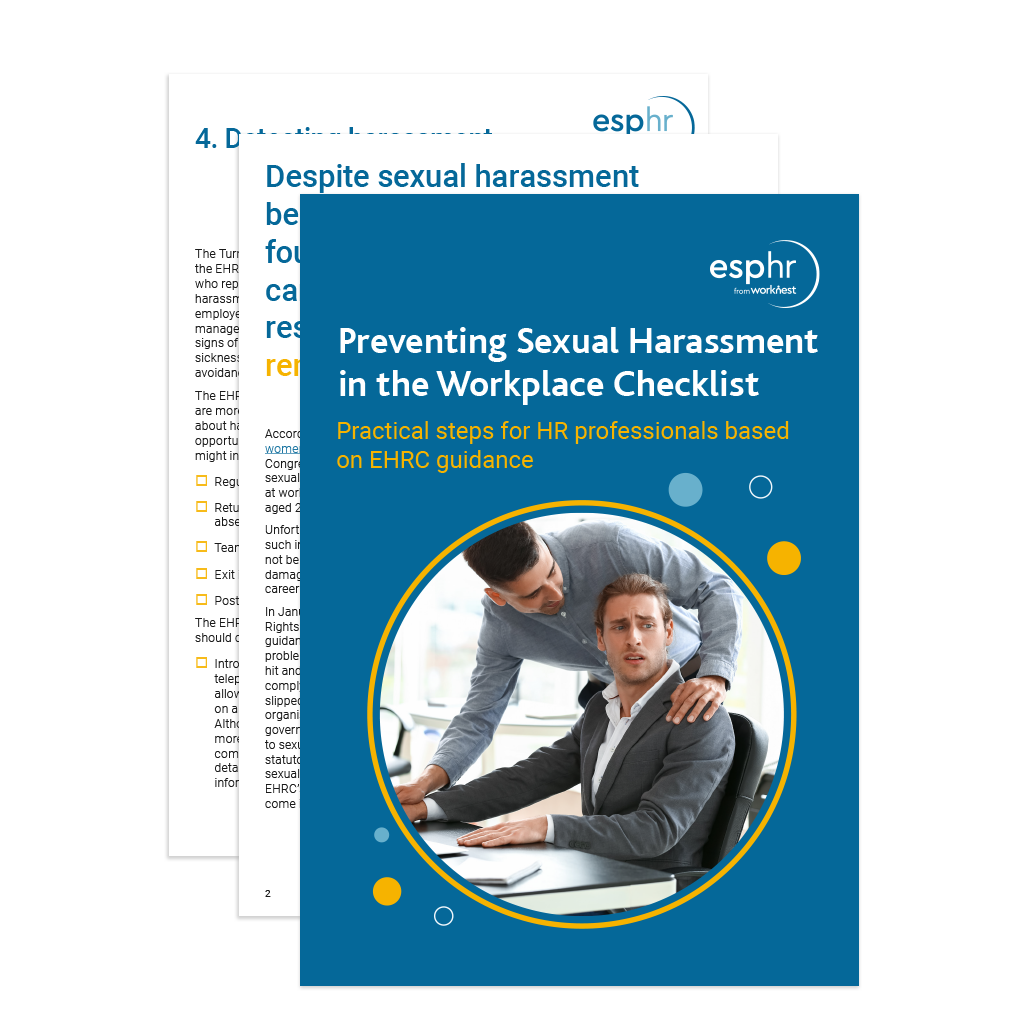It’s becoming an increasingly familiar scenario: an employee submits a grievance that’s unusually polished, highly detailed, and full of legal references. It reads more like a solicitor’s letter than an internal complaint. And when you invite the employee to discuss it, they decline, insisting that everything be dealt with in writing.
If this sounds familiar, you may be facing what some are calling a “GIT” — a grievance invented by technology. In other words, one drafted by AI tools such as ChatGPT or Microsoft Copilot.
At esphr, we’re hearing from HR professionals who are seeing this more often. While AI can be a useful workplace tool, its misuse in formal employee processes – from grievances and appeals to outcome letters – is creating new challenges for employers.
So how can you tell if a grievance has been AI-written, and what’s the best way to respond?
Are AI-generated grievances really a thing?
Yes – and they’re on the rise. HR teams are reporting a pattern of grievances that are:
- Unusually lengthy, formal, and filled with legal terminology.
- Raised partway through disciplinary or performance procedures.
- Submitted by employees who refuse to meet in person, preferring to correspond in writing.
While these signs alone don’t confirm AI involvement, they can suggest the use of a generative tool to create or enhance the grievance.
Why AI-drafted grievances are tricky for employers?
AI tools can turn minor issues into major-sounding complaints. A small disagreement might be framed as harassment or discrimination, or day-to-day management feedback might be described as “victimisation.”
This can make it difficult to separate genuine issues from exaggerated ones. Because AI can quickly produce long, convincing text, employees who might not normally raise a grievance may now be more inclined to do so.
The problem often arises mid-process – for example, during a disciplinary or redundancy procedure – when tensions are already high. The grievance then needs to be investigated alongside the original issue, adding complexity, delay, and workload for HR.
Even when a complaint seems artificially inflated, it can’t simply be ignored. Unless there’s a strong reason not to, every grievance must still be addressed under your internal procedure and the ACAS Code.
How to recognise AI-written grievances
AI-written content often has a distinct “feel.” Watch out for:
- American spelling and grammar (e.g. behavior, organization, “the team is”).
- Overly formal or polished tone, especially from someone who usually writes informally.
- Unnatural phrasing or repetitive statements that reword the same point several times.
- Generic claims lacking detail or personal context.
- Legal or HR terms used incorrectly or too broadly.
- Overuse of connecting phrases like “in conclusion,” “as mentioned above,” or “it is important to note.”
Individually, these clues don’t prove AI involvement, but taken together they can help you form a view.
How HR should respond
If you suspect a grievance has been generated with AI, proceed carefully:
- Trust your instincts. If something feels “off,” it probably is. There are online AI-detection tools that can help confirm your suspicions.
- Compare communication styles. Check whether the tone or structure of the grievance differs significantly from the employee’s usual writing.
- Don’t dismiss it outright. Even if the text was produced using AI, the underlying concern may still be genuine and requires proper handling.
- Seek expert advice. If you’re unsure how to approach the complaint, it’s sensible to get input from an employment law specialist.
- Review your policies. Make sure your grievance procedure requires a discussion meeting (unless a written-only process is a reasonable adjustment). This helps discourage AI-driven submissions and encourages genuine dialogue.




